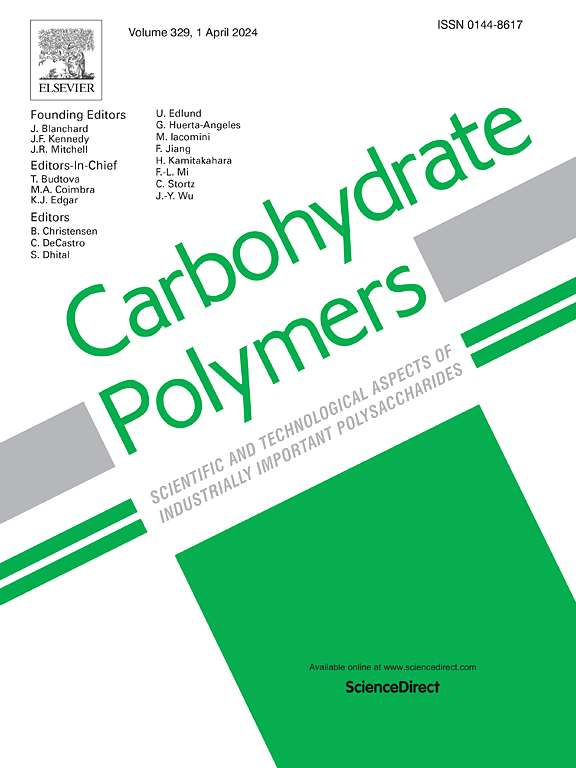Electron beam irradiation combined with cold plasma modification of chitosan to enhance physicochemical and functional properties
IF 10.7
1区 化学
Q1 CHEMISTRY, APPLIED
引用次数: 0
Abstract
Chitosan is used in food, medicine, and other fields because of its good biocompatibility, but its solubility restricts its application, and modification treatment can reduce the stability to improve its solubility in different pH solutions. This study investigated the effects of electron beam irradiation (EBI), cold plasma (CP), and their dual modification treatments on the structural, physicochemical, and functional properties of chitosan. The results showed that single EBI, CP treatment, and dual modification treatment did not significantly change the morphological structure of chitosan. Among them, the viscosity and thermal stability of single EBI- and CP-modified chitosan was reduced. Still, the antioxidant and antibacterial properties against Staphylococcus aureus and Escherichia coli were enhanced compared to native chitosan. Meanwhile, the viscosity, molecular weight, and thermal stability of dual-modified treated chitosan were further reduced, and the antioxidant and antibacterial properties were significantly improved compared to EBI and CP modification alone. This study shows that dual modification's effect was better than that of single modification treatment, especially single cold plasma treatment. This will also lead to the diversification of chitosan modification methods and promote its application in various aspects, such as preservation, food additives, functional food ingredients, and packaging materials.

求助全文
约1分钟内获得全文
求助全文
来源期刊

Carbohydrate Polymers
化学-高分子科学
CiteScore
22.40
自引率
8.00%
发文量
1286
审稿时长
47 days
期刊介绍:
Carbohydrate Polymers stands as a prominent journal in the glycoscience field, dedicated to exploring and harnessing the potential of polysaccharides with applications spanning bioenergy, bioplastics, biomaterials, biorefining, chemistry, drug delivery, food, health, nanotechnology, packaging, paper, pharmaceuticals, medicine, oil recovery, textiles, tissue engineering, wood, and various aspects of glycoscience.
The journal emphasizes the central role of well-characterized carbohydrate polymers, highlighting their significance as the primary focus rather than a peripheral topic. Each paper must prominently feature at least one named carbohydrate polymer, evident in both citation and title, with a commitment to innovative research that advances scientific knowledge.
 求助内容:
求助内容: 应助结果提醒方式:
应助结果提醒方式:


